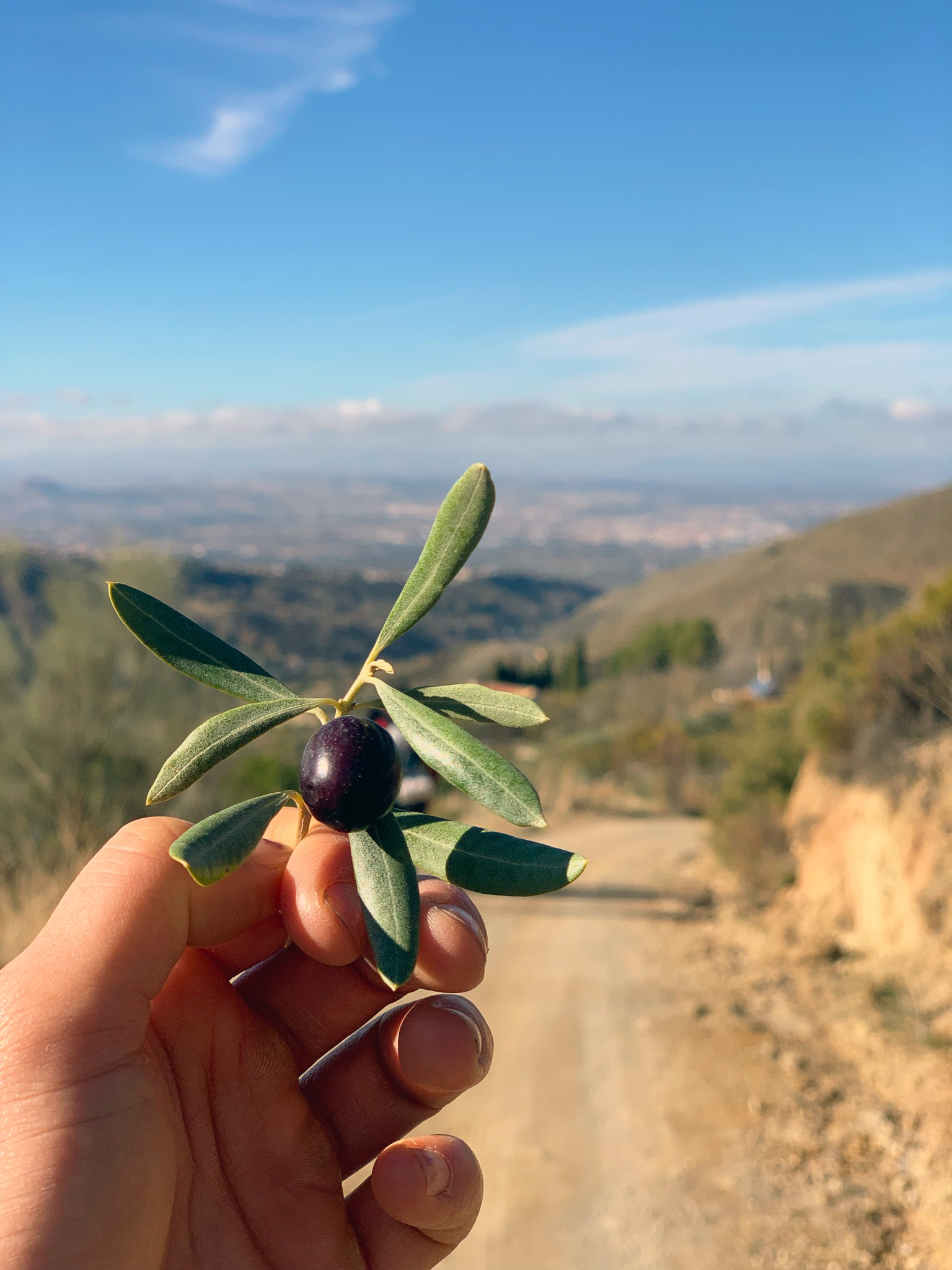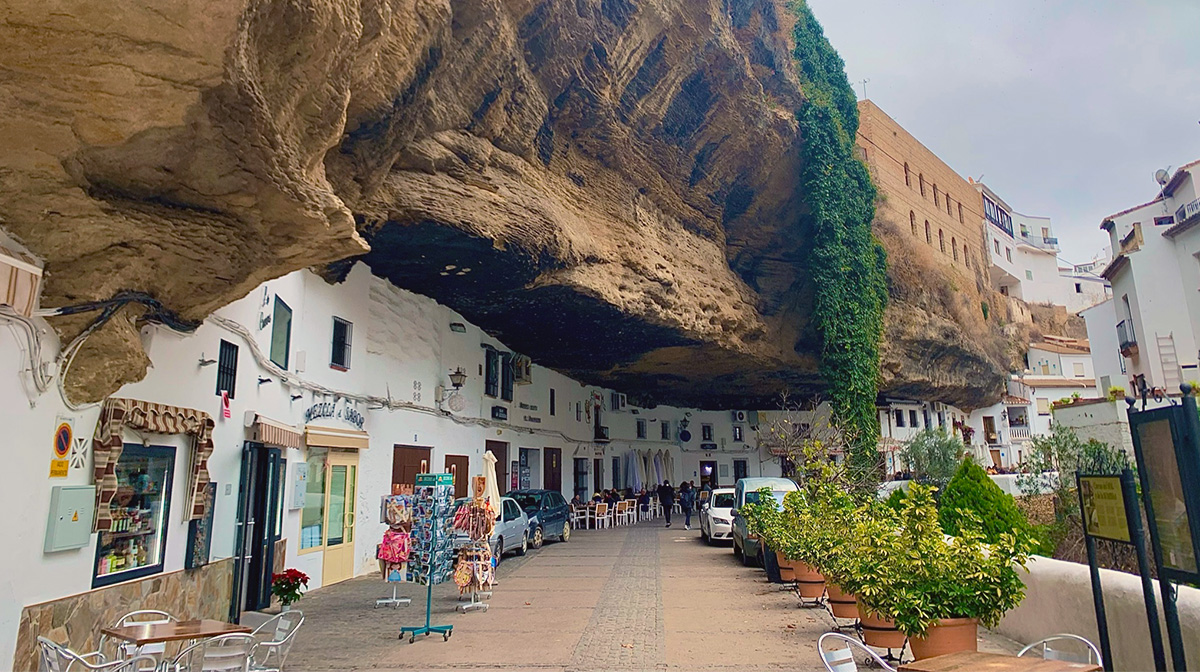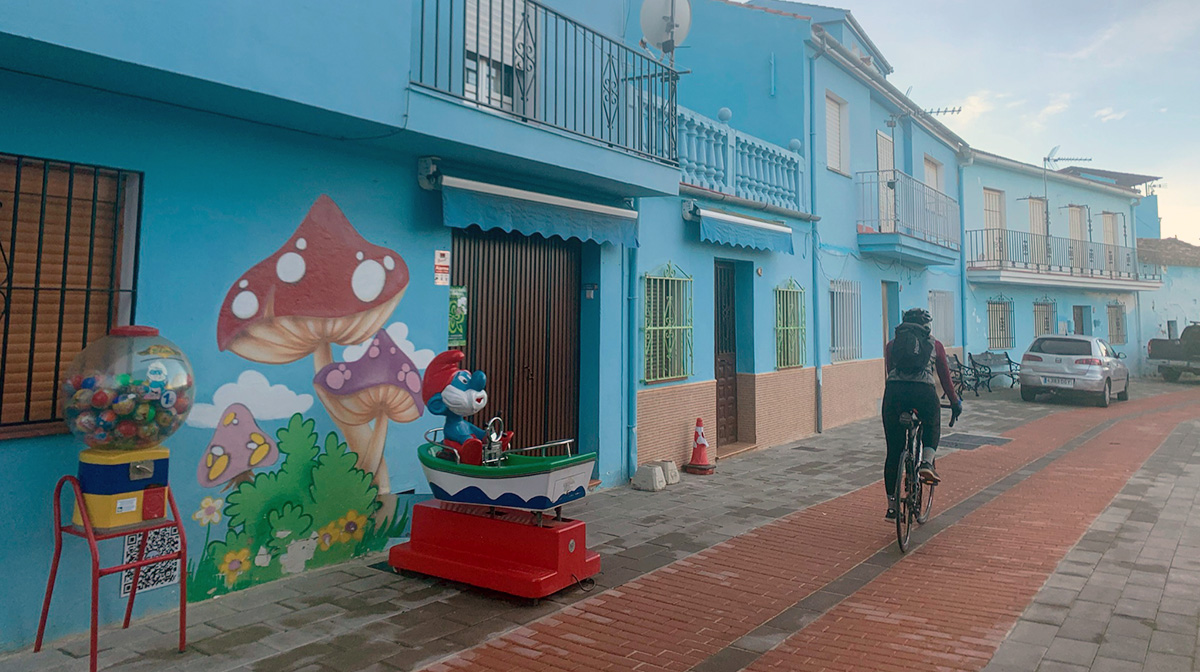Ambling Through Andalucia
My favorite touring style is unsupported camping. There is a sense of self-reliance and accomplishment that I gain when touring in this way. So when I decided I wanted to ride in Andalusia, Spain, this was the first option I explored. However, the trip was organized relatively last minute, giving me less than ideal time to prepare for my two-week holiday. With this in mind, the cost of shipping my bike and gear internationally seemed unrealistic. I was potentially going on the trip solo (I was able to recruit a friend at the last minute!). Lastly, there was a language barrier that had me a bit concerned. With all these factors in mind, I opted to change the trip into a “hybrid bike tour,” as I like to call it: half seeing Spain by bike, half traveling like a “normal tourist.” At first, I was worried it wouldn’t be as epic or fulfilling as a true bike tour and that it was a bit phony. However, looking back, it was the best decision I could have made.
I’ve wanted to ride in Spain for some time now, attracted by the beautiful countryside, challenging hills, quaint pueblos, passionate people, and exquisite cuisine, to name a few. When Adventure Cycling recently published an article listing Sevilla, Andalusia, on the top 10 bike-friendly places in the world, I had the extra motivation I needed to book a trip there, my first time in Spain. Being someone who enjoys both backcountry riding and cultural immersion, I opted to incorporate some time for sightseeing, museum-going, tapas, and cervezas when out of the saddle. My time off the bike brought me to Madrid, Granada, Malaga, Sevilla, and Merida. Still, it was no surprise to me that my five days spent riding in Ronda was by far the best part of the trip.
Ronda is a magnificent, charming city a little over an hour from Malaga. The small city is situated practically on a cliff, with houses built to the very edge and hills being a daily requirement for getting around. The cobblestone streets, breathtaking views, and architecturally brilliant bridges add to Ronda’s charm. I stumbled into discovering Ronda through Google searches linking me to a few local bike touring groups in the area. After some more in-depth online research, I discovered Andalucian Cycling Experience, a bike shop and touring company operating out of Ronda. The company provides several options depending on your experience, time, and budget. These options include guided rides with accommodations in villas, guided rides without accommodations, or bike rentals. Lori, my friend and adventure buddy, and I opted to rent bikes so that we were able to explore and ride at our own pace. Ashley was nice enough to also send some popular Strava routes, and there were plenty of other resources available to outline a few others.

A quick word on bike rentals. Since the cycling portion of our trip was less than a week, renting bikes was the economically friendly option. Although it always feels a little better to be on your own bike, the cost and hassle of packing and flying with our bikes for this specific trip didn’t seem to make sense. Ashley’s company offers Orbea road bike rentals for €25 per day or €125 a week, which we thought was an excellent investment.
Our first day of cycling was a route called Puerto de Las Palomas. The difficult portion of the ride begins from the town of Zahara de la Sierra and extends up the north side of the Sierra de Grazalema Mountains. Our total planned mileage for this day was about 50 miles, but this climb alone was 4,000 feet of elevation gain over approximately eight miles. In our preceding portion of the ride, we could see the Castle of Zahara from miles away, perched on the top of a mountain overlooking the pueblos below. Upon our arrival, we took extra time to hike to the castle and then grab a coffee in town. The steep hills and Moorish architecture of the town were picturesque, and we were glad we stopped to admire it prior to our never-ending climb.

Switchback after switchback, the winds gusted a little more and the temperature dropped, but the views somehow continued to get better. The peak finally came and led us into miles of downhill bliss. Soaring by, we saw glimpses of the beautiful town of Grazalema as the sun set. As we stopped to recuperate, realizing the climb had taken much longer than we’d hoped, we questioned whether it was time to stick out a thumb to get ourselves safely down the rest of the way before dark. Just as the thought struck us, a camper van with two women around our age passed by, and we flagged them down. Though they hardly spoke English and we hardly spoke Spanish, we were able to communicate our need to get down to the next town before dark. Reluctantly at first, but then graciously, they cleared some space for us in the back as we sat amidst our two bikes, their mattress, and four dogs down the rest of the mountain. While I would have loved completing the ride from start to finish, meeting a few local Spaniards was possibly the best part of our day. We discovered laughter, smiles, and sharing food as a universal language. We thanked them at our destination with cervezas and tapas before they departed. I know that we will remain lifelong friends with them.
While our Las Palomas ride was difficult to match, our other days of cycling were close contenders for their beauty, excitement, and sights. One day led us north toward a town called Setenil de las Bodegas, which is in the providence of Cadiz. Our route was a combination of gravel and paved roads over rolling hills, much less intense than the Grazalema Mountains. The town is known for its houses built into the encompassing cliffs. Like many of the nearby towns and cities, it is also topped with a fortress, with a long history of battle between Moor and Christian occupants. The cuevos, or cave buildings, were astounding to see. What a quaint place to relax with an espresso after a day of riding.
Another ride worth mentioning was to a town called Juzcar, better known as “Smurf Town.” Unlike the white villages that fill Andalucia, the houses of Juzcar were all painted blue in order to promote the Smurfs movie beginning in 2011. In addition to the bright blue color, you will find murals and statues of Smurfs all around town. Lastly, another day led us to a breathtaking olive farm that we couldn’t pass up. We were treated to a tour of the farm as well as olive oil samples presented in small shot glasses. This was followed by cured meats, Spanish omelets, and fresh tomato salad. I can say for certain that we ate well throughout our time in Spain, which I think we can all agree is critical after a long day on the bike.

Overall, pedaling in Andalucia was an unforgettable experience, and I highly recommend it for bike travelers of any style and experience level. A hybrid trip like mine was perfect for the amount of time, my budget, and my travel style. I was able to see Spain from different perspectives, gaining insight on the history, city life, culture, food, and people. Specifically, what I gained from the bike portion, as I feel I always do when I tour, is a deeper connection to my surroundings and to the local community. When you stroll up on a bike, you are just greeted differently. Warmly, and perhaps a bit inquisitively, but cordially nonetheless. Throughout our five days riding in Andalucia, we made connections with locals that we will have for life. Despite my original reservations about a hybrid trip, I wouldn’t change a thing.


